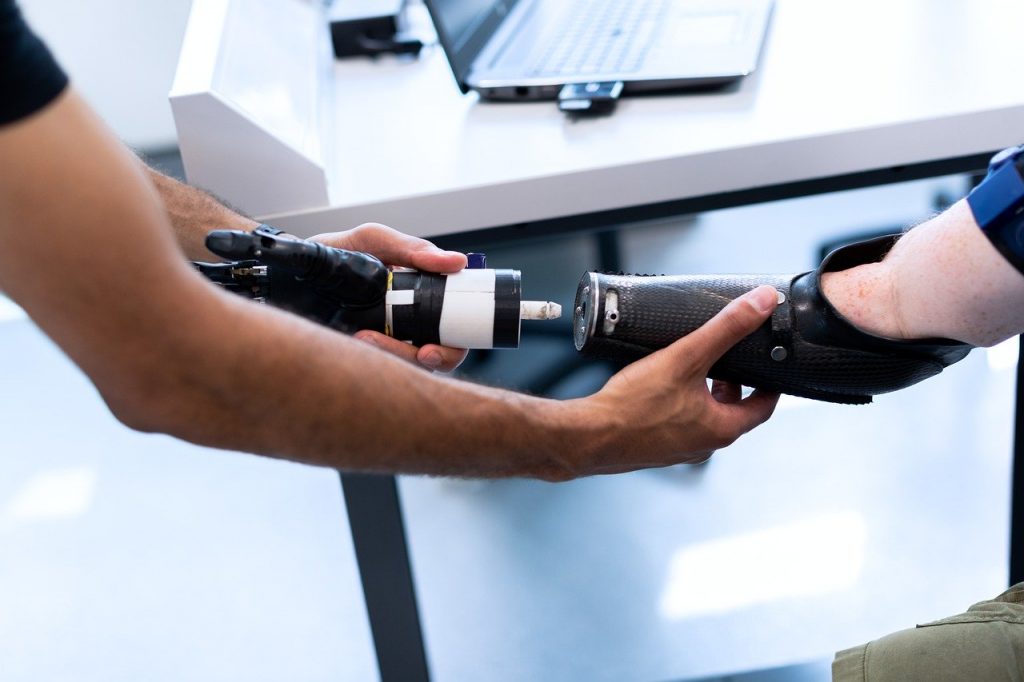Telemedicine has exploded in popularity in the age of the Coronavirus and social distancing. The ability to have a doctor look at an injury or view vitals without having to be in the room provides convenience. The safety aspect of this rings true during normal life as going into a doctor’s office for an annual checkup can lead to sickness. The truth is that you rarely see any of the staff at some doctor’s offices cleaning the waiting room. The rapid growth of telemedicine even in the last few weeks has been immense. Restrictions have been lifted that correlate with how virtual visits are billed compared to physical visits. The restrictions have also been lifted so a doctor can practice medicine across state lines. In the past, the doctor would have to be licensed in each of the states which can be an immensely lengthy and tedious process. The following are things that you should know about the growth of telemedicine during the Coronavirus pandemic.

Why Hasn’t Telemedicine Become Popular at an Earlier Date?
There has been resistance by both healthcare organizations and the government to adopt telemedicine. Patients might think that there is a need to see your doctor in person when in reality this is not essential in some cases. A physical therapist can put you through the same therapy session via Zoom as they can at their office. The older generations resist this as they do not trust they will receive the same quality of care as a physical appointment.
Privacy has been a huge aspect of the resistance to telemedicine. No healthcare organization wants a hack to leak information that is protected by HIPPA. Cybersecurity has to be paramount when developing a telemedicine program such as telehealth. A doctor being hacked can lead to a breach and a number of lawsuits.

Robots have Entered Emergency Rooms and ICUs
The use of robots in hospitals in triage for emergency rooms and even on hospital floors during the Coronavirus has increased immensely. This allows the doctor to see a patient and a robot can even bring them medication. The increase in efficiency during this time is due to not being required to change scrubs, gloves, or masks. There is even an extension of some of these robots that has a stethoscope. The doctor will be able to hear your heart and lungs with the clarity of being right next to a patient.
ICUs use telemedicine as an extra set of eyes as one mistake can lead a person in a sensitive state to worsen or potentially die. This will also help the staff in terms of the quality of care provided. A missed dose of medication or failure to notice other things is common in such a stressful situation.

Look for Healthcare-Related Apps to Erupt
Healthcare-related apps are going to erupt in popularity when they can be integrated into telemedicine. Certain organizations might have an app so patients can meet with, contact, and integrate with other technology. Companies could profit immensely from this because apps for healthcare were used sparingly. If looking for security and collaboration optimization then considering a Helm repository. Collaboration can be easily attained by developers utilizing all types of different tools.
Direct Contact or Quick Responses Can Save Lives
A person that can directly contact their doctor and get an answer in a matter of minutes can save their life. Sending over a picture of a healing wound is a great example as many people cannot tell if an infection is present. Video is also available and charting data like blood pressure, temperature, and heart rate can be imperative. The ability to foresee a health problem in the near future due to rising vitals can allow a doctor to recommend medication or a lifestyle change.

What Does the Future Hold?
There are plenty of people in the older demographic that would not have considered seeing their doctor virtually but have been forced to. A percentage of this demographic will continue to utilize this technology as it provides convenience. Not having to battle traffic or for immobile people, this is the best choice for them. The younger generation will be faster to adopt the technological advancements. Sitting in a waiting room with sick people simply does not appeal to many patients. Look for the use of telemedicine to stay steady although there might be drops initially after the pandemic comes to an end.
Telemedicine has taken off during this Coronavirus as it the healthiest option for many patients. The last thing that anyone wants is to go to the hospital due to an insignificant illness then wind up with the extremely dangerous virus. Telemedicine is here to stay, the adoption rate by the general public is sure to increase after all of this is over.


